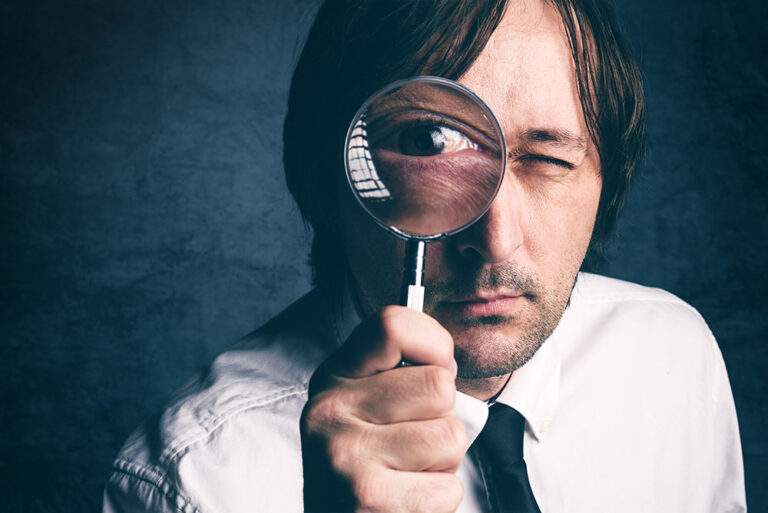
The California Senate Bill 326 (SB 326) has brought about significant changes in the way multifamily residential buildings are managed and maintained. One of the critical aspects of this bill is the requirement for inspections of exterior elevated elements (EEEs), such as balconies, decks, and walkways. These inspections are crucial in ensuring the structural integrity of these elements and maintaining the safety of residents. But who is qualified to perform these inspections? In this article, we will delve into the professionals who can conduct CA SB 326 inspections and the importance of their expertise.
Contact DrBalcony for a professional inspection!
Ensure the safety of your balcony and living space with DrBalcony - We're a Tech Engineering firm that specializes in California SB326 & SB721 balcony inspections. Over 2500+ completed projects in California.
Request A Free EstimateClick To CallThe CA SB 326 mandates that inspections of EEEs be performed by licensed professionals with expertise in building construction and safety. Specifically, structural engineers, civil engineers, and architects are the professionals typically eligible to conduct these inspections. Their expertise allows them to evaluate the structural integrity of balconies, decks, and walkways, as well as assess compliance with building codes and safety regulations.
Structural engineers are professionals who specialize in the design, construction, and maintenance of structures. They have a deep understanding of the forces that act on buildings, such as gravity, wind, and seismic activity, and how to design structures to withstand these forces. Their expertise in analyzing the strength and stability of structures makes them ideal candidates for conducting CA SB 326 inspections.
Civil engineers are professionals who specialize in the design, construction, and maintenance of infrastructure, such as bridges, roads, and buildings. They have a broad understanding of the principles of engineering, including soil mechanics, hydraulics, and materials science. Their expertise in the design and construction of buildings makes them well-suited to conduct CA SB 326 inspections.
Architects are professionals who specialize in the design of buildings and spaces. They have a deep understanding of building codes, safety regulations, and the principles of design. Their expertise in the design of buildings and their knowledge of building codes and safety regulations make them ideal candidates for conducting CA SB 326 inspections.
Professionals conducting CA SB 326 inspections must be familiar with the regulations, inspection protocols, and reporting requirements outlined in the bill. This knowledge is crucial in ensuring that inspections are conducted correctly and that reports are accurate and complete. Inspectors must also maintain independence and objectivity throughout the inspection process to provide accurate assessments and uphold the integrity of the inspection.
Contact DrBalcony for a professional inspection!
Ensure the safety of your balcony and living space with DrBalcony - We're a Tech Engineering firm that specializes in California SB326 & SB721 balcony inspections. Over 2500+ completed projects in California.
Request A Free EstimateClick To CallThe expertise of professionals conducting CA SB 326 inspections is crucial in ensuring the safety of residents and the structural integrity of EEEs. Their knowledge of building construction, safety regulations, and SB 326 regulations allows them to provide accurate assessments and recommendations for repairs or replacements. By using licensed professionals with the appropriate expertise, HOAs, homeowners, and property managers can ensure compliance with SB 326 and maintain the safety of their buildings.
CA SB 326 inspections are a critical aspect of maintaining the safety and structural integrity of multifamily residential buildings. By using licensed professionals with expertise in building construction and safety, HOAs, homeowners, and property managers can ensure compliance with SB 326 and maintain the safety of their buildings. Familiarity with SB 326 regulations, inspection protocols, and reporting requirements is crucial in ensuring that inspections are conducted correctly and that reports are accurate and complete. By prioritizing expertise in CA SB 326 inspections, HOAs, homeowners, and property managers can provide a safe and secure living environment for residents.
Q1: Who is responsible for conducting CA SB 326 inspections?
The responsibility for conducting CA SB 326 inspections falls on the HOA or property manager of the building.
Q2: How often should CA SB 326 inspections be conducted?
CA SB 326 inspections should be conducted every six years for buildings with three or more units.
Q3: What are the consequences of non-compliance with CA SB 326?
Non-compliance with CA SB 326 can result in fines, legal action, and the potential for accidents or injuries.
Q4: What should be included in a CA SB 326 inspection report?
A CA SB 326 inspection report should include the findings of the inspection, any recommendations for repairs or replacements, and documentation of compliance with SB 326 regulations.
To provide the best experiences, we use technologies like cookies to store and/or access device information.